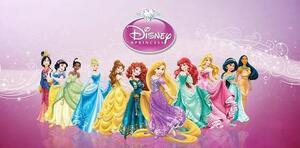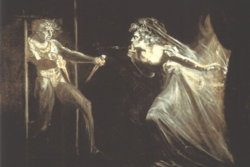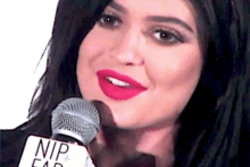The Disney Princess Phenomenon
From an early age, I learned that diversity in mainstream media was seriously lacking. I grew up in an era when mainstream media was mostly dominated by white, heterosexual people. One example of this is the Disney princesses. The Disney princess brand is one that is so problematic. The issues start with the basic plots of the stories: ones that suggest that girls are only special or noteworthy because of their beauty. Another issue is that girls are taught to believe that they should model their own love lives after those they see in the movies. Since the Disney princesses’ stories and characters are so similar to one another, little girls start to believe that in order to get their “happily ever after,” they too must look like a Disney princess, and fall in love with a handsome man. These are all messages that the brand has emphasized, and that’s problematic.
Disney Princesses are problematic because the message sent to young girls is that there are narrow criteria for being beautiful, and that being beautiful is necessary. Every original princess has long hair, light skin, and a tiny waist. The repetitive physical details suggest that this is the ideal body type, and that all girls should strive for it. Only recently, with the new movie Moana, have the animators added cellulite to a princess’ body.
Another, perhaps more troubling, reason why the one-dimensional beauty standard is an issue, is because all the original princesses are white, which suggests that white is beautiful, and other skin colors aren’t. Although Disney has made efforts to increase diversity more recently, when I was younger there was almost zero representation for women of color. The lack of racially diverse characters, along with the seemingly never- ending repetition of white characters, makes a statement. With an emphasis on beauty and a plethora of white princesses, the subtle notion that only white skin equals beauty is evident. Although an older, more educated person may understand that this isn’t the case, the actual targets of the brand, young girls, won’t.
In addition to the monochromatic definition of beauty, their definition of what a female and male relationship should look like is also flawed, but inherent in the Disney brand. Moana was released in 2016, and the title character is the first ever Disney princess to not only lack a male love interest, but to have no love interest whatsoever. This seemingly minor detail is in fact revolutionary. The typical princess tale revolves around a “damsel in distress” who is then saved by a dashing prince, and subsequently falls in love with him. This teaches girls that they need men to save them.
Instead of empowering women to be self-sufficient and solve their own problems, Disney teaches girls that they should wait around for a man to help them. As a seventeen-year-old girl, I recently recognized this problem when I realized that it’s affected my own life. After months of not being completely happy with who I was and where I was in life, it dawned on me that I could change it all myself. Instead of waiting around for other people to pull me out of my rut, I finally figured out that I had the power to do it. This epiphany that I had as I was walking home from school one day was a really significant moment, and one that made me realize just how harmful some of the messages disseminated through the media are to young, impressionable people. Maybe I would’ve had a similar realization much earlier if I grew up with examples of strong female role models in the movies I watched, instead of with Disney princesses.
Disney princesses perpetuate a false and singular idea of what’s beautiful and what love should look like, and are therefore not good role models for young girls. Instead of empowering young women to be strong, and to embrace their individuality, they tell girls that beauty is everything and that there’s only one way to be beautiful, and that there’s one “right” way to love. The unrealistic beauty standards subtly chip away at young girls’ self-esteem, and the formulaic love stories don’t teach them to be independent.
Although there has recently been a boom in diversity among the princesses, Disney still has a long way to go if they want to be a brand that empowers girls. I’m not saying that young girls should totally stop watching Disney movies, but it’s vital that girls have a diverse media diet that shows different definitions of beauty, different definitions of love, and perhaps above all, examples of powerful, self-sufficient women.
This piece was written as part of JWA’s Rising Voices Fellowship.







